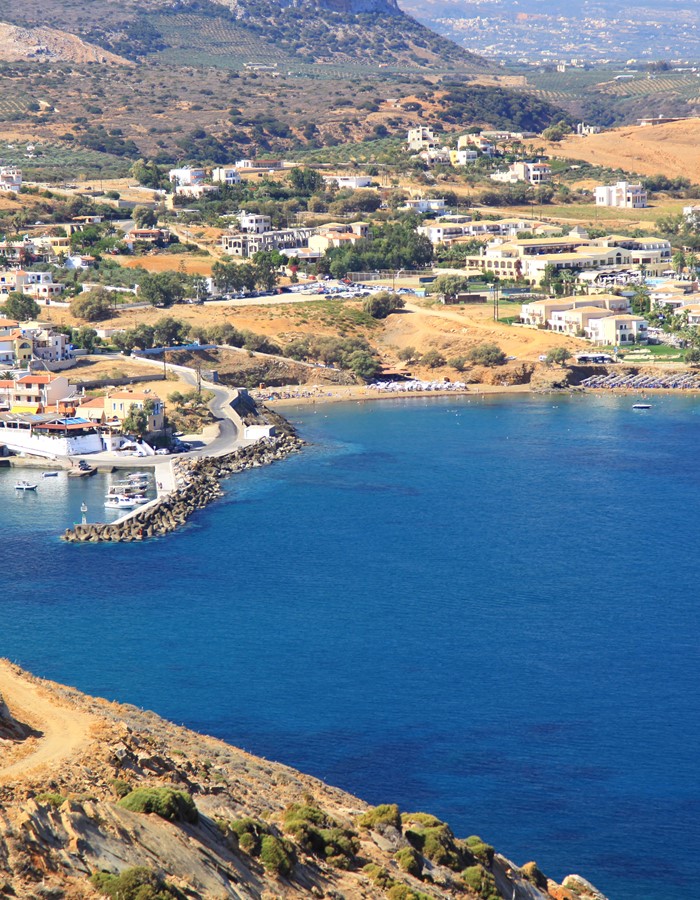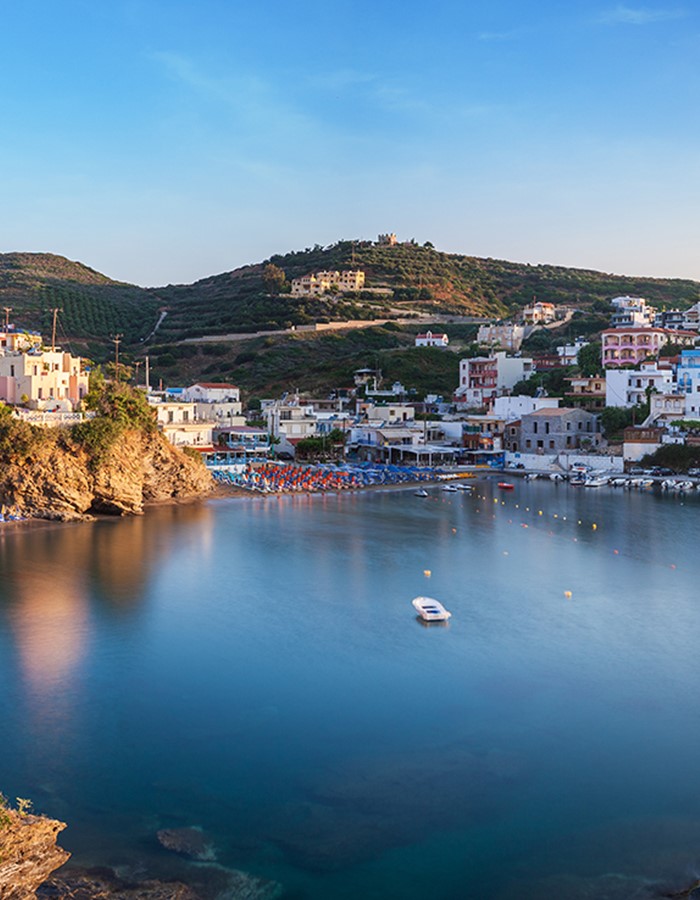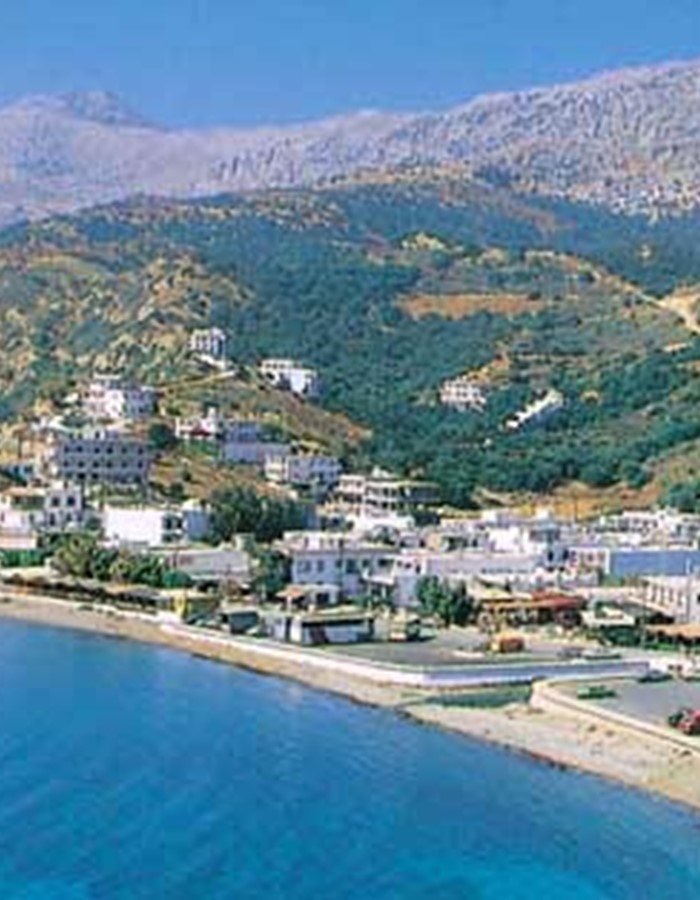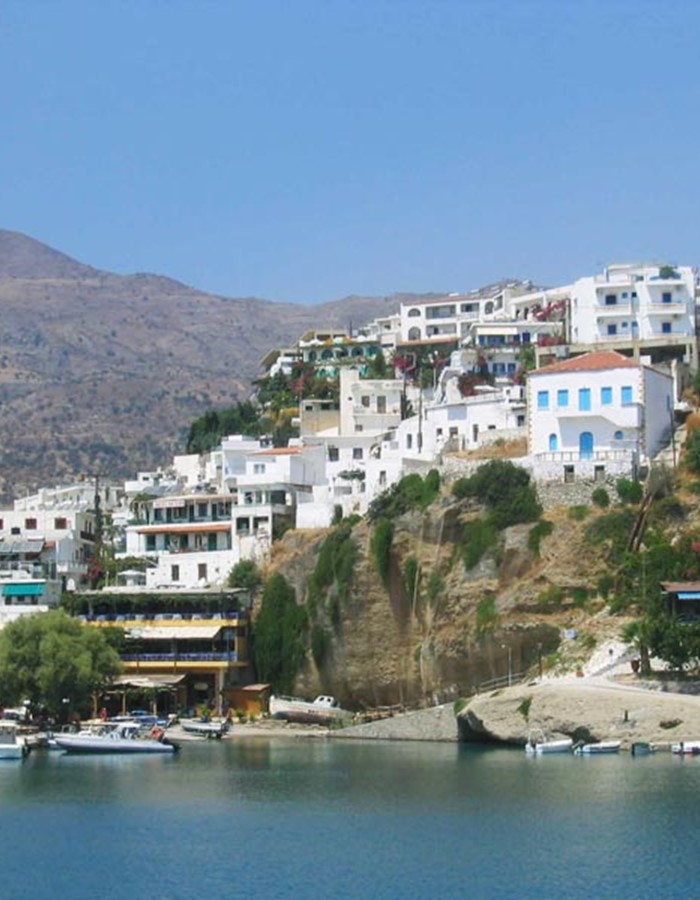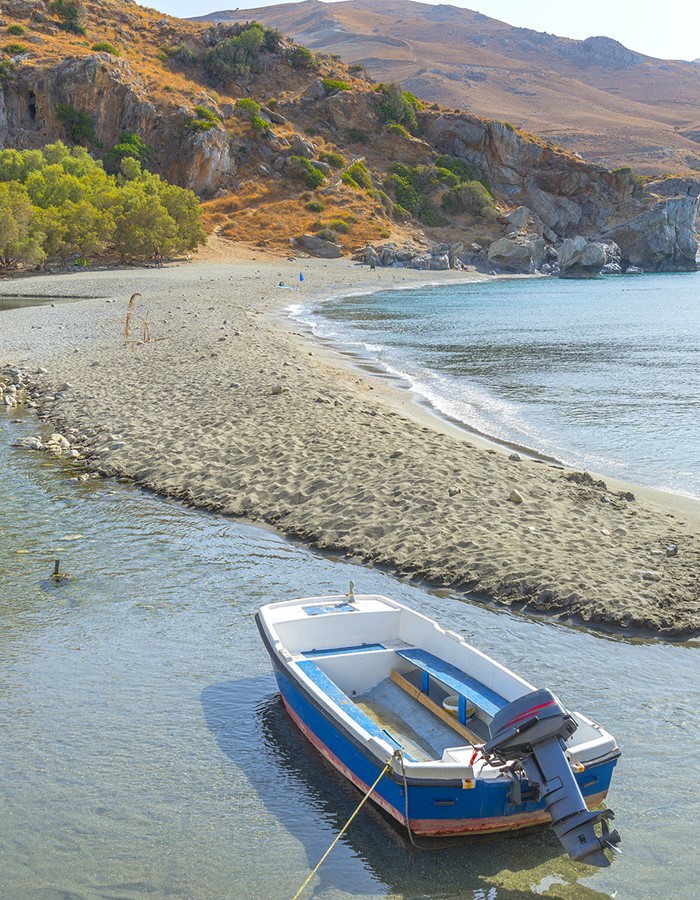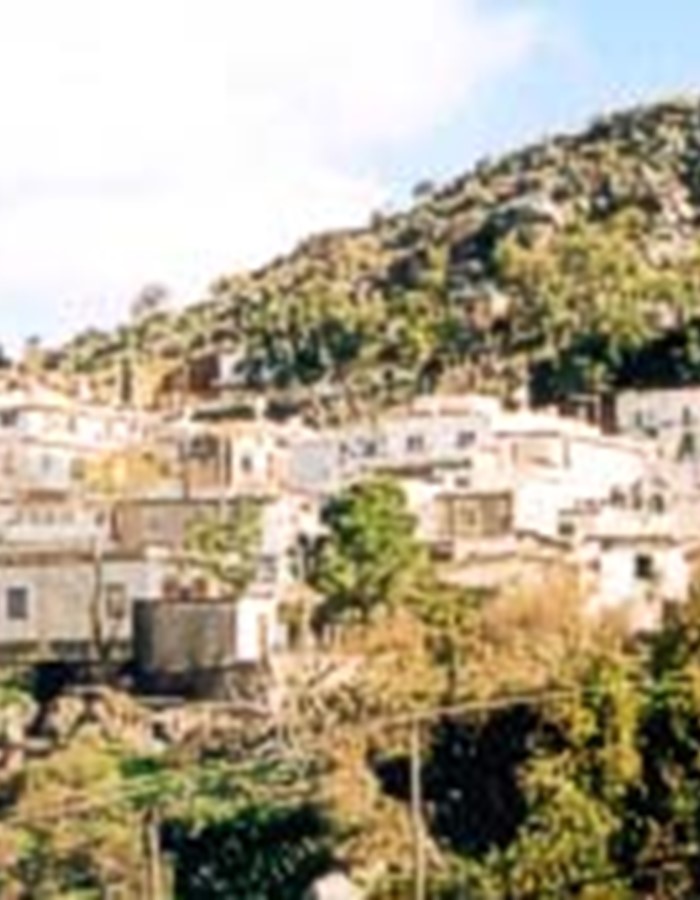Minoan, Geometric and Ancient sites and cemeteries as well as Roman cities and Hellenistic relics have been discovered at many places in the prefecture. The findings in the area of Psiloritis, the sacred Mountain, were particularly concentrated as this place not only hosted but also protected the newborn Zeus from the wrath of his father Kronos. The number of archaeological sites discovered up until today amounts to 350, naturally many of which cannot be visited.
Eleftherna
Excavations in the area of Eleftherna were started 16 years ago, in 1985, when the Department of Archaeology and History of Art of the University of Crete started research on the ancient city and subsequently brought it to light, of which philological texts had already given mention.
As early as 1929, H. Payne, the director of the British Archaeological School, had also carried out minor research in the area. Remains were discovered in the wider area of the two contemporary and neighbouring villages of Eleftherna and Ancient Eleftherna, which are situated in the northern foothills of Psiloritis, at a distance of 24 and 29 kilometres respectively from the town of Rethymno. More specifically, the most important findings have been discovered at three places on a hill, which is situated between two converging streams: at the place of Orthi Petra on the west side of the hill (excavation section III), at the place of Pyrgi on the summit of the hill (excavation section II) and at the place of Katsivelos on the north side of the hill (excavation section I). Further important findings have been discovered in the area of Nisi, near the modern village of "Eleftherna", which mainly include remains of a settlement of the Hellenistic Period.
Minoan Cemetery of Armeni
10 km south of the town of Rethymno the famous cemetery of Armeni was discovered, situated near to the village of the same name in a beautiful oak forest, and it dates back to the Late Minoan period (13th / 12th century BC). During the systematic excavation, which was started in 1969, more than 220 tombs were discovered, and excavation has been continued since then with the aim of finding the city belonging to this place.
Monasteraki Sight
A complex of buildings has been discovered in the village of Monasteraki, which is situated in the valley of Amari, 38 km from Rethymno. It is believed that the settlement was founded in approximately 2000 BC and that it was violently destroyed by either an earthquake or a fire in approximately 1700 BC. This set of buildings includes storehouses, sanctuaries and two archive rooms containing a variety of earthenware stamps, and it is believed to have been a palace.
Ancient city of Sivrytos
33 km south east of Rethymno the village of Thronos is situated, where at the point of 'Kefala' archaeological research brought to light the remains of the ancient city of Sivrytos.
Coins dating back to the period of the ancient city have been discovered during excavation works and are exhibited in the Archaeological Museum of Rethymno.
Apodoulou
Near the village of Apodoulou of present day, 54 km from Rethymno and at the place of Tournes, remains of a proto-palatial centre have been discovered. Sp. Marinatos carried out initial research in 1934. This was followed by research by the German Archaeological Institute during World War II, and since 1985 systematic excavations have been carried out under the supervision of the Greek Ministry of Culture in co-operation with the University of Naples. The archaeological site of Apodoulou must have been of particular importance during ancient times, because it controlled the passage to the Messara plain. Three sets of buildings have been found as well as vaulted tombs, one of which includes a corridor 7 m long and three sarcophagi.
Ideon Andron
At a height of 1538 m on the Nida plateau the "Cave of the Shepherd girl" is situated. According to the myth Zeus, the father of the gods, was raised and probably even born here. To be more precise, his mother Rea hid the new born child in this cave in order to protect him from his father Kronos, who was in the habit of swallowing his children because he feared they might deprive him of his power. Hidden in that cave Zeus grew up being fed with the milk of the goat Amalthia, while the 'Kourites" covered the child's crying through banging their copper shields. Being closely connected with the myth the cave of Ideon Andron achieved great fame during ancient times and developed into a centre of worship, which lasted over the centuries from the Minoan up until the Late Roman period.
Stavromenos
The wider area of the villages of Hamalevri - Pangalochori - Stavromenos and Sfakaki boasts most important archaeological sites. As early as in 1745 the English traveller R. Pococke described the area as being identical with the 'Pantomatrion'. In 1918 Efstr. Petroulakis, the curator of the Museum of Rethymno, initiated a first experimental research in the village of Paleokastro. In December of the same year the antiquary Emm. Kaounis discovered a magnificent marble tomb stele dating back to the 5th century B.C. and depicting the relief performance of a young hunter. During the following years, archaeological findings were often haphazardly brought to light in this area.


